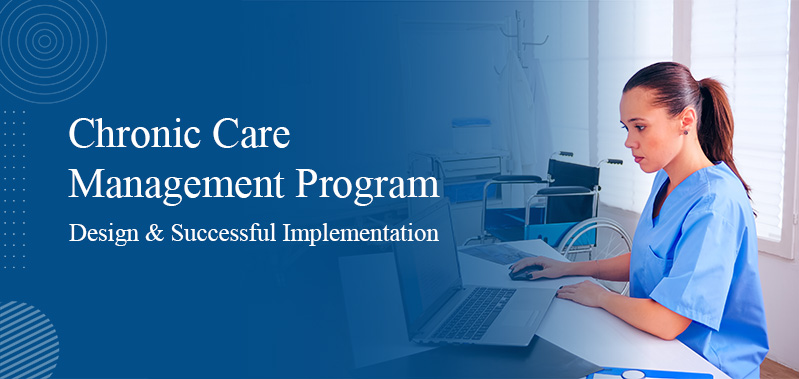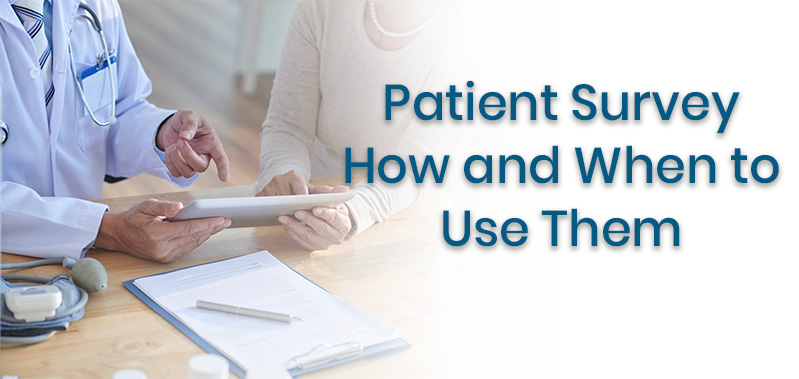
Top 7 Cybersecurity Challenges in the Healthcare Industry
Compromising cybersecurity could be life-threatening! This statement might trigger your consciousness. Indeed, it's true. In 2023, healthcare hacking incidents compromised over 124 million records, accounting for 93.5% of the total breached records for the year. The average number of healthcare records stolen per hacking incident stood at 215,269, with a median of 73,623 records.
This shows that healthcare access to sensitive patient information is lucrative for cybercriminals. A cyber attack on the healthcare sector leads to misuse of high-value patient data, modifications in the stolen patient data, changes in their treatment procedure and test results, divert ambulance routes, and can disrupt the whole healthcare system. Adversely, repercussions on providers (hospitals and doctors), patients, insurers, and everything associated with the industry. Hence, it's crucial to build robust healthcare strategies in cybersecurity challenges. This article aims to give you an overview of the top 7 cybersecurity challenges to protect your organization from cyber-attacks.
7 Cybersecurity Issues Faced by the Healthcare Industry
Keeping yourself informed about the most common cybersecurity threats helps you build effective safety protocols or systems to combat cyber threats. The following cybersecurity challenges are highly faced by the healthcare industry:
1. Data Breach
The prevalence of cybersecurity issues within healthcare IT poses significant concerns for both patients and medical institutions. Data breaches can expose sensitive personal information such as social security numbers and medical records, potentially leading to identity theft and financial fraud. Furthermore, medical facilities risk financial losses and reputational damage in the event of such breaches.
Recent research indicates that healthcare facilities encounter an average of 2.8 million monthly breaches. Failure to adhere to HIPAA requirements, neglecting cybersecurity updates, and overlooking additional security measures expose businesses to cyber threats. Addressing these challenges requires a focus on encryption to safeguard patient data and ensure HIPAA compliance among healthcare software providers.
2. Outdated Healthcare Systems
Referring to outdated systems as "legacy systems" may downplay the severity of the issue. Due to budget constraints, certain hospitals are forced to operate with decades-old computer equipment and software. These systems are inefficient in terms of performance and power usage and are also susceptible to security risks as their creators cease providing updates after reaching their designated "lifetime." For example, despite Windows 7 and 8 being utilized by approximately 15% of computers worldwide in 2022, this figure has since dropped to about 4%, leaving these systems vulnerable without security updates since January 2020 (or January 2023 with the Extended Security Updates program).
The prevailing "it's old, but it works" mentality poses a significant cybersecurity threat, particularly within the healthcare sector. Eventually, investments in upgrades and new technology become necessary, while recycling outdated equipment becomes imperative.
3. Ransomware and Malware
Ransomware, malicious software that encrypts files and demands payment for decryption, can severely disrupt healthcare services and jeopardize patient data security, resulting in significant financial repercussions. The 2016 ransomware attack on Hollywood Presbyterian Medical Center serves as a poignant example, wherein attackers encrypted the hospital's systems and demanded a ransom of 40 Bitcoins (approximately $17,000). Despite paying the ransom to regain access, the incident underscored the detrimental impact of such attacks on patient care, data integrity, and financial stability.
This incident also underscores the vulnerability of even smaller healthcare facilities, which may lack the resources to combat such cyber threats effectively. Strengthening network security with robust internet traffic monitoring can fortify defenses against malware and ransomware incursions.
4. Phishing
Cybercriminals employ phishing tactics to deceive users into divulging sensitive information such as medical records, usernames, and passwords. These attacks typically involve targeted communications, like emails or messages, containing links to malicious websites. Users may unwittingly download malware upon clicking these links, enabling attackers to access confidential data. A significant cybersecurity challenge in healthcare stems from the human element, as healthcare workers may inadvertently facilitate data breaches due to a lack of security awareness.
Moreover, hackers continually refine their techniques, with recent advancements including the utilization of artificial intelligence to craft convincing phishing messages. Concerns regarding AI's potential misuse for criminal purposes have prompted scrutiny from digital technology experts and entrepreneurs, as evidenced by a recent open letter addressing these issues.
5. Insider Attacks
Among the foremost challenges confronting healthcare providers is the threat of internal cybersecurity breaches originating within the organization. These threats may arise from medical staff members or network users with server access. Deliberate actions by malicious individuals seeking to inflict harm or gain unauthorized entry to sensitive data pose a significant risk.
Additionally, accidental breaches can occur when personnel fall victim to phishing attacks or overlook security protocols. The repercussions of insider threats can be severe, impacting the integrity of hospitals, clinics, and patient data, thereby underscoring the imperative to address this substantial cybersecurity challenge.
6. DDoS Attacks
Distributed Denial of Service (DDoS) attacks present a significant cybersecurity risk to clinics and medical organizations. These assaults seek to disrupt network or system operations by inundating them with traffic from various origins.
Consequently, medical providers may encounter difficulties accessing electronic records, scheduling appointments, or communicating with patients, resulting in treatment delays and potential patient harm. Furthermore, DDoS attacks in healthcare may aim to access and exploit patient data, including personal and medical records, for illicit purposes such as black market sales.
7. Cloud Threats
Healthcare organizations increasingly rely on cloud computing to store and manage vast amounts of sensitive data, yet concerns about cloud security persist, with 94% expressing apprehensions. The cloud's ubiquitous accessibility facilitates millions of user interactions with centralized servers, heightening the risk of cyber attacks as user traffic increases. Despite the benefits, major cloud providers like AWS and Dropbox may not fully comply with HIPAA regulations, raising doubts about smaller companies' abilities to adhere to such standards.
Cloud-based solutions, while enhancing data management, communication, and collaboration, also expose healthcare entities to threats compromising patient records, personal information, and financial data. Additionally, the risk of vendor lock-in poses challenges in transitioning between cloud service providers in the event of failure or dissatisfaction.




